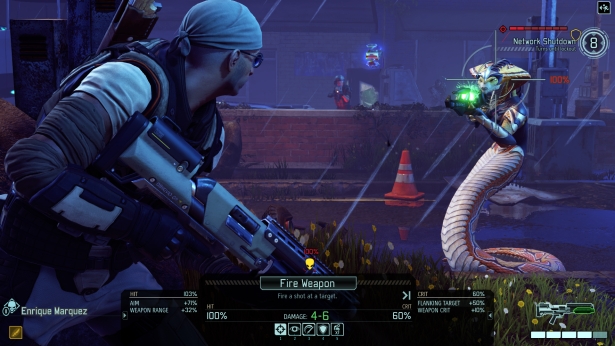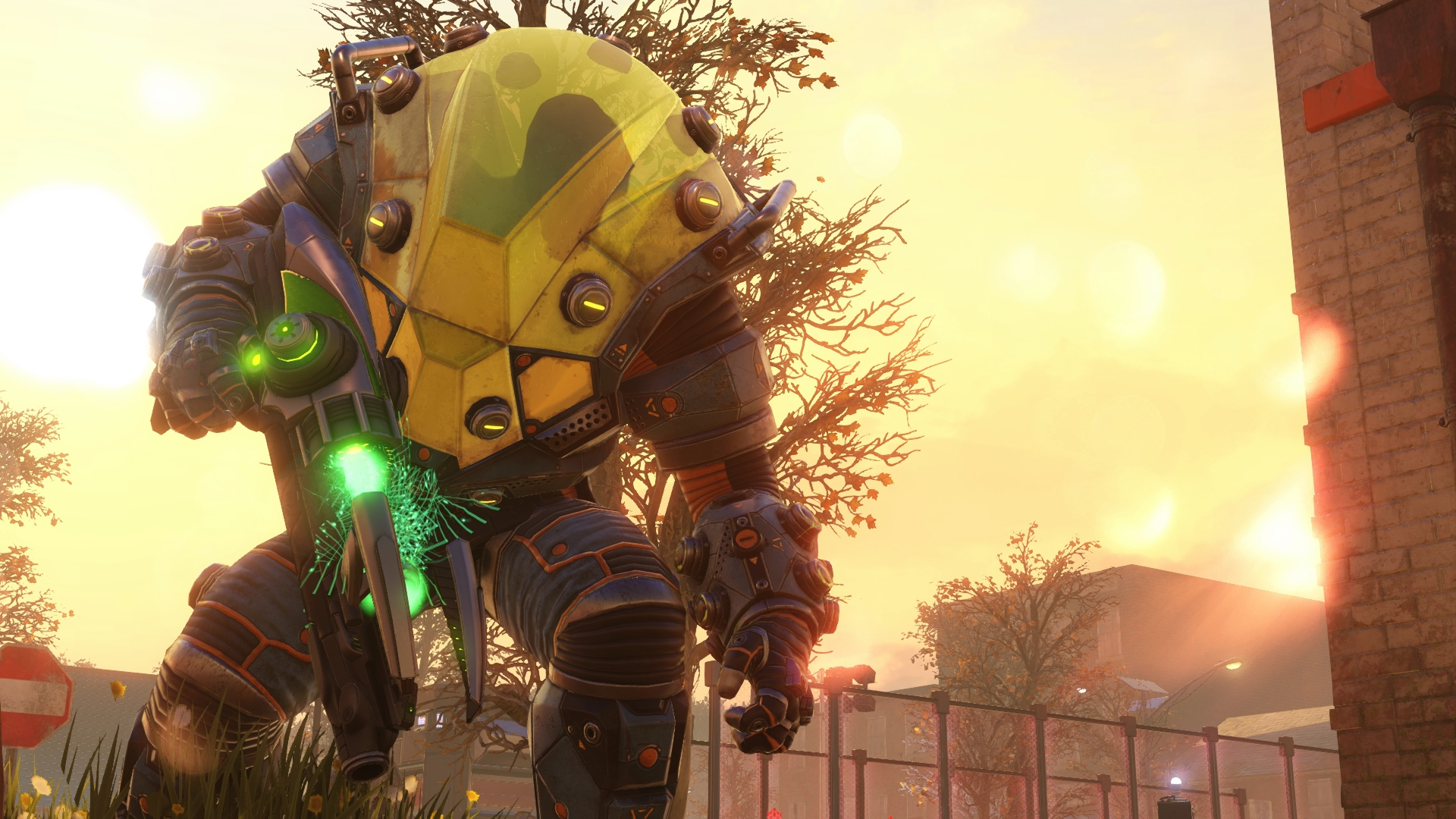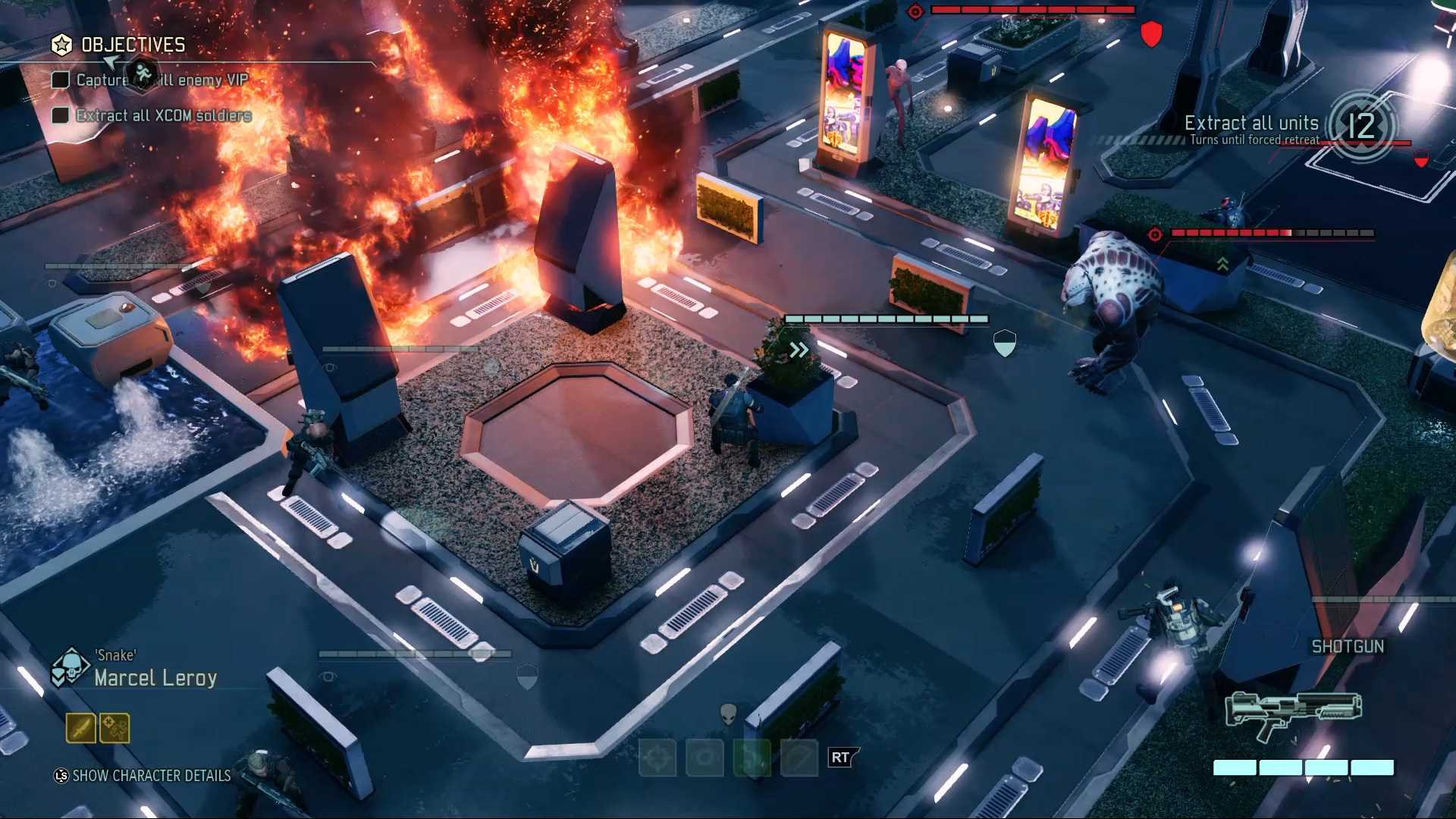XCOM 2 is primarily a turn based strategy game with additional layers of base building and resource management built on top of it.
Note: This analysis is based on the base game with the Reinforcement DLC Pack, but does not include the War of the Chosen expansion.
Aliens have taken over the Earth after the failure of the original Earth defence project, known as XCOM. Despite promises of building a bright new future for humanity, there are those who suspect the aliens of harbouring darker intentions.
Players reprise their role as the Commander, leader and strategist of the original XCOM project, and attempt to the lead a rebellion born from the ashes of XCOM against the aliens.
Lens of the Elemental Tetrad #7
- Mechanics
The base mechanics of the game are simple. Every mission, complete the objectives given to you to succeed. Complete missions to stall the aliens’ progress towards their ultimate goal (and your loss). Shoot enemies to kill them (hit chance is decided by a percentage dice roll).
- Aesthetics
Aesthetically, XCOM 2 goes for an animated cinematic touch to bring alive the otherwise plain combat scenes within the game. Different actions can trigger real time rendered action sequences that give the player a more involved feel.
Accordingly, the music of XCOM 2 is very dramatic to reflect this same cinematic feeling and helps to increase the tension of the various scenarios the player is put into.
In terms of user interface, the game tries for something very clean and simple, but does end up cutting a bit too much information, and ends up hindering players.
- Story
XCOM 2 takes place 20 years after the first XCOM, and puts players in the shoes of the rebellion, aimed at overthrowing the alien rulers of the world.
- Technology
While the missions within XCOM 2 resemble table top exercises, they have made good use of the affordances of computing to more realistically simulate changes in the environment (such as blowing up cover) and to progressively generate new maps for players to work in.
Lens of Chance #29

When people talk about XCOM, there is one quintessential experience most players have all shared. Having a soldier shoot an enemy at point blank range, and missing.
Chance plays an enormous role in XCOM, with every shot fired, whether by your troops or your enemies decided by a dice roll. Taking a core mechanic of the game and leaving it entirely up to random number generation is a move that few other successful games have taken, and this bold design decision ultimately makes the game what it is. The pain of missing 95% shots, and the immense satisfaction of pulling off a low percentage shots are a well-recognised part of gameplay within the XCOM series.
This is where player skill comes in. Positioning is key in XCOM as cover and height advantages can increase the odds of one’s troops successfully landing shots. Players have to make use of the available terrain and various soldier skills to turn the odds of landing a shot to their favour whilst lowering the odds of enemies being able to return shots successfully.
Lens of Surprise #2

The best part of playing XCOM 2 for the first time is the fact that every enemy is a surprise. Players experienced with the franchise will find that familiar foes have been reworked, not only in looks, but abilities as well. And a whole host of new adversaries give even veteran players a lot to think about when first encountering them. More often than not, when encountering a new enemy for the first time, XCOM 2 still manages to take the player completely by surprise when it’s time for the aliens to make their move.
But after this initial surprise, XCOM 2 does become a slowly become grind as players figure out how to play out the various maps and missions versus these foes.
Another aspect of XCOM that is filled with surprises is the fog of war. Within this fog, enemies lie in wait hoping to catch the player out of position. While players eventually can use solider abilities to scout out some of these ambushes, it is not always possible to get a jump on your enemies. This leads us into the next lens, the lens of problem solving.
Lens of Problem Solving #6

Once caught up in an engagement with the enemy, XCOM 2 becomes a huge table top exercise, that seeks to push the player’s ability to strategise and problem solve to the limit. With limited actions per solider, players must be able to correctly prioritise targets and movement order to be able to take out enemies.
In addition, every mission during XCOM’s rebellion campaign is a new puzzle for the player to solve. While the type of missions given to player are fairly limited, the procedurally generated maps and increasingly diverse enemy pool still manages to give players a challenging problem to solve each time.
The introduction of hard turn limits also pose a new obstacle that players must work around, sometimes having to forfeit individual missions in order to keep their overall campaign alive.
Lens 2: Lens of Story #70

The storyline of XCOM 2 is what serves to hold the entire game together. Without it, the game would not be able to stand significantly apart from its predecessor. Should we go further as to remove the context of its predecessor, the game would further lose meaning and dissolve into a series of bland table top combat exercises.
Besides the overall narrative of the story, the slow improvements and rank increases of individual soldiers also serves as small individual stories within the game itself. While not in missions, XCOM 2 takes the effort to render individual soldiers performing routine tasks like training, or eating, even going as far as creating a memorial for fallen soldiers.
